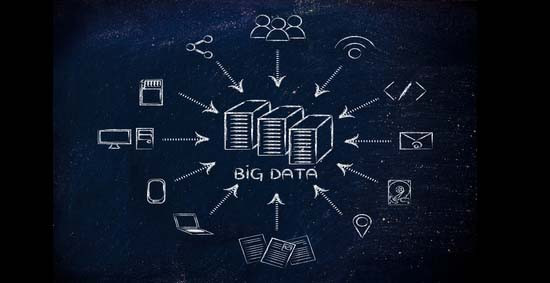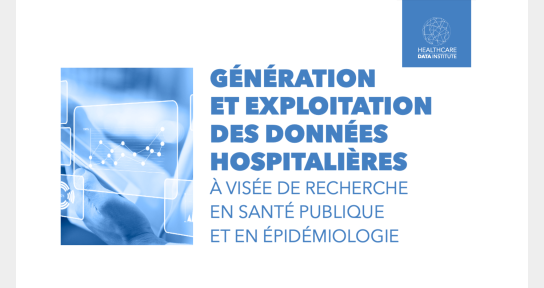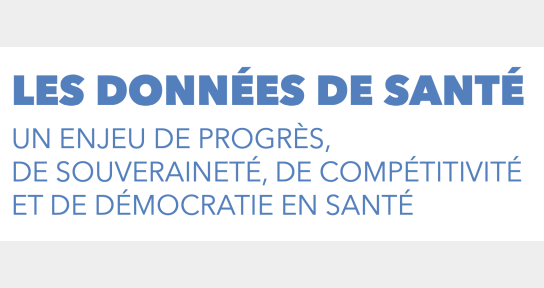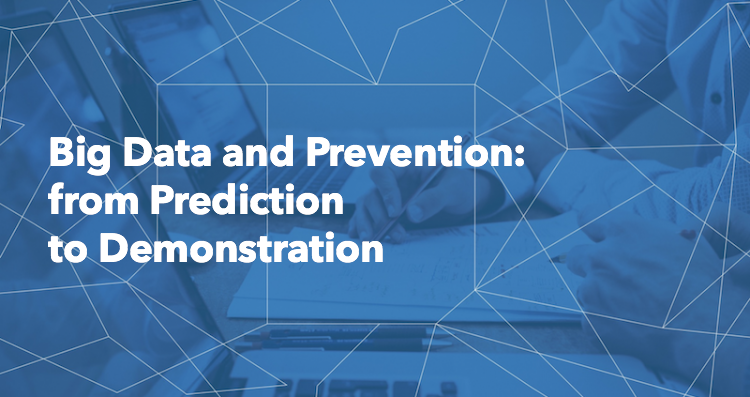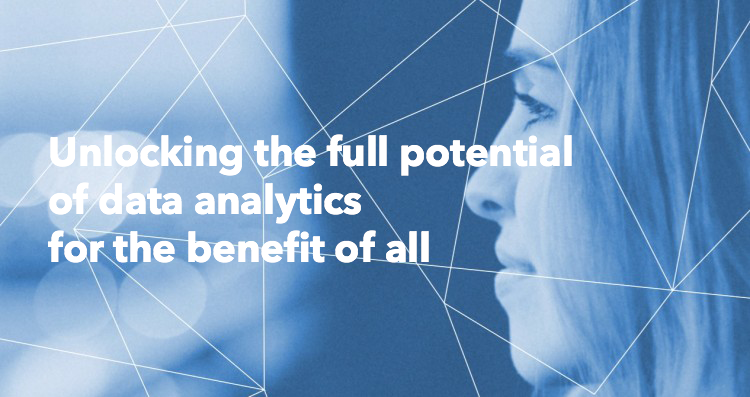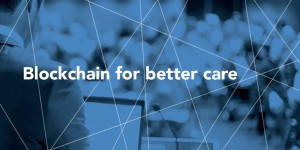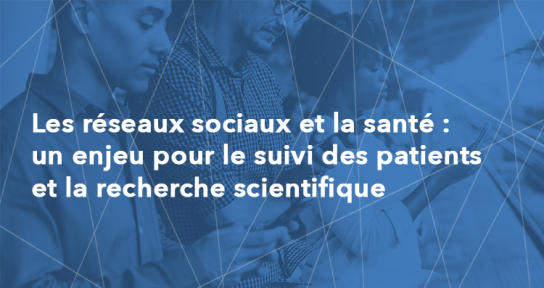What if the optimal use of health data was impeded by a simple misunderstanding? Recent discussions about opening healthcare data in France show that dialogue around the use of health data is often complex and sometimes ineffective, especially when the protagonists use the same terms to refer to ideas that are actually quite different. As a result, a few simple clarifications seem necessary, not just as a semantic concern, but because they are need to establish a constructive dialogue between multiple actors in the system.
First, the terms « Big data » and « Open Data » are often used interchangeably. However, they designate concepts that are indeed related, but distinct:
- The objective of « Big Data” is to generate and exploit data whose volume is growing so fast that it becomes difficult to analyse with conventional tools, and whose potential value is considerable. Mining the information contained in the wealth of available biomedical publications, using data from genome sequencing, or exploiting/data-mining reimbursement data such as the SNIIRAM database are just a few examples.
- « Open Data » refers to making data, in this case health data, freely available to all, ideally in a format that facilitates re-use and without restrictions from copyright, patents or other mechanisms of control restricting the re-use of the data.
While the scope of health data accessible in a truly “Open Data” mode can be largely expanded, yet some important exploitations of healthcare data, leveraging »Big Data » methodologies or not, can obviously not spread into the field of “Open Data”. For example, some payors in Germany and elsewhere use data-mining of healthcare reimbursement information (about chronic heart failure, diabetes, and several other chronic conditions) in order to identify patients at risk and proactively propose, through their primary care physician, to enrol them into disease management protocols to avoid possible future complications. This approach, while clearly beneficial for both the patient’s health and for the payor, is only possible in a « closed » and strictly controlled system that preserves the confidentiality of personal medical information. This type of data use, which requires precautions and strict supervision, therefore falls outside the realm of Open Data. Hence the need to clearly define these perimeters, to ensure that the debate is not affected by misinterpretations.
Furthermore, even though the uses and potential benefits of exploiting health data are numerous – hence the widespread interest in doing so – the stakeholders in this debate are often focused on only a portion of these benefits, leaving aside elements that are nevertheless essential for informed decision-making. Regarding the use of health data, at least four major advantages can be distinguished:
- Innovation stimulation, the central point of focus for the scientific community and for the biopharma and medical devices industry. In this matter, full exploitation of health data would:
- Allow biomedical research to harness the full richness of this data, whether to generate new knowledge about biological mechanisms, pathology, epidemiology and more, or to develop and evaluate treatments in order to grant regulatory approval and/or determine pricing and reimbursement.
- Allow innovative economic and social services to emerge, and create a foundation for start-ups and new services (for example, ZocDoc, an application for finding healthcare professionals and making appointments online or Ginger.io, a mobile application that collects information about patients’ activity during the day to promote health risk monitoring and allow their caregiver to respond accordingly, and many others).
- Improving decision making for both healthcare providers and patients. This mainly concerns patients and professionals, but healthcare payors are also more and more involved as they seek to better manage health care demand. The benefits include:
- Optimization of medical decisions, either by applying personalized medicine approaches to choose the most suitable treatment for a given patient; or through software and algorithms like Archimedes that assist and support clinical decisions.
- Making patients more proactive about their health behaviours and choices through the availability of information regarding:
- Pathologies and treatments, through sites like NHS Choices in the UK, Doctissimo in France or smartphone applications that identify risks associated with pre-existing medical conditions or drug interactions (for example, drugguard.de).
- Care providers and optimal care pathways, through sites like ZocDoc, Ameli-Santé (allowing to compare practitioners’ prices), or AOK in Germany and Sykehusvalg in Norway which help patients choose a hospital according to objective criteria rather than through more or less well informed word-of-mouth.
- Strengthening the performance of healthcare providers. This is traditionally the role of regulators and health insurers, but providers themselves are increasingly leveraging data (outcomes data notably) proactively to improve their performance and/or promote their services and image. Hence, transparency notably on security and quality of care through tools such as Medicare Hospital Compare in the US (which allows to compare quality indicators such as readmission rates) and NHS Choices UK (which allows to compare GP practices on a range of criteria), can lead to real competition between institutions on a quality basis. Health data analysis can also be used to improve hospital efficiency, for example through the exploitation of equipment utilisation and activity data (operating theatres, imaging equipment…), or to improve the interface between hospital and out-of-hospital providers, e.g. exploiting data on hospital care by DRG (such as the PSMI database in France) to better understand medical referrals networks between community-based practitioners and hospital providers.
- Strengthening the democratic oversight of healthcare, one of the main concerns of patient associations. By making information available to citizens, this allows them to exert more influence on health and healthcare policy-making, and to strengthen their own ability to assess health policies and stakeholders.
Through these few examples, the multitude of possible benefits and fields of application becomes quite clear, as does the steadily growing number of new services and applications. It is of capital importance not to lose sight of this multiplicity and breadth of potential benefits in order to make the necessary dialogue between stakeholders with different or even diverging concerns productive.
___
Thomas London
Member of the Healthcare Data Institute’s Board of Directors.
He is also leading McKinsey’s Healthcare Practice in France, and a member of the leadership team of the European Health Practice.
